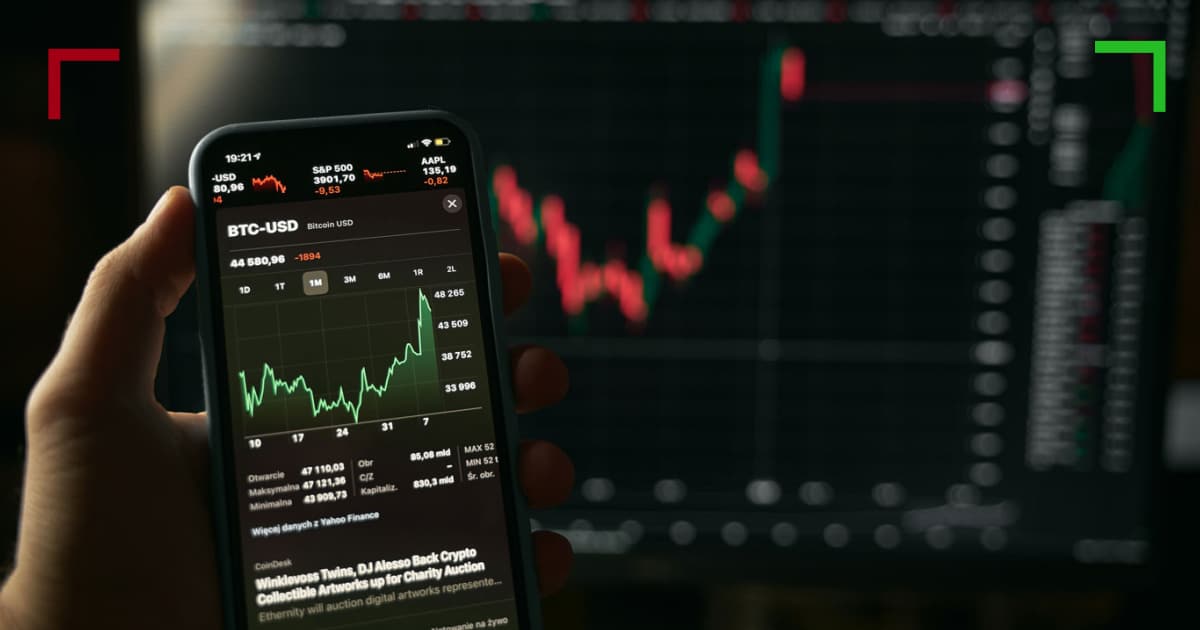
Exploring the Future of Crypto Trading Trends
The landscape of cryptocurrency trading is continuously evolving, driven by technological innovation and shifting market dynamics. As investors seek to maximize their returns, understanding current trends becomes paramount. In this article, we will explore the most notable crypto trading trends, including advanced trading strategies, the rise of decentralized finance (DeFi), and the increasing influence of artificial intelligence in market analysis. For those looking for more insights, Crypto Trading Trends click here to dive deeper into the crypto ecosystem.
1. Algorithmic Trading and Automation
Algorithmic trading has taken the finance world by storm, and cryptocurrency trading is no exception. Traders are increasingly employing automated systems to execute buy and sell orders based on predefined criteria, which can be crafted from technical indicators or market analysis. These algorithms can analyze vast amounts of data much faster than a human trader, making them invaluable in the highly volatile crypto market.
The benefits of algorithmic trading include lower transaction costs, increased efficiency, and the ability to exploit arbitrage opportunities as they arise. Moreover, with advancements in machine learning, algorithms can adapt to changing market conditions and continuously optimize their strategies. As we look toward the future, we can expect more retail traders to adopt these automated trading strategies, leveling the playing field.
2. The Decentralized Finance Revolution
Decentralized finance, or DeFi, has emerged as one of the most groundbreaking trends in the crypto space. DeFi platforms allow users to lend, borrow, and trade assets without the need for traditional financial intermediaries. This not only democratizes access to financial services but also creates new trading opportunities.
Traders can now engage in yield farming, liquidity mining, and other DeFi strategies to maximize their returns. As these platforms become more sophisticated, offering better security and user experiences, we’re witnessing a significant influx of users. DeFi is poised to reshape not only how we trade but also how we perceive the concept of traditional finance.
3. Influencer Impact and Social Trading
In the age of social media, the influence of key opinion leaders and traders has grown exponentially. Many are using platforms like Twitter, YouTube, and TikTok to share their trading insights and predictions, often impacting market movements. This phenomenon is known as “social trading” and represents a new trend where traders can mimic the strategies of those they follow.
While this can democratize trading by providing access to valuable insights, it also comes with risks. Traders who heavily rely on influencers may find themselves subject to market volatility driven by speculation rather than fundamental analysis. The balance between informed trading and following trends based on buzz will be crucial for both new and experienced traders alike.
4. The Rise of NFT-Based Trading
Non-fungible tokens (NFTs) have mesmerized the digital world, bringing a new category of tradable assets into the crypto realm. Beyond digital artworks and collectibles, NFTs are being integrated into various trading platforms and can represent ownership of physical goods or intellectual property. This trend is expanding the definition of what can be traded.
Traders and investors are seeking innovative ways to profit from NFTs, whether through flipping low-collection NFTs or investing in established projects. It represents a fascinating intersection of art, culture, and trading — proving that crypto trading is not merely about currencies anymore.

5. Regulation and Compliance Dynamics
With the rapid growth of the cryptocurrency market, the regulatory landscape is evolving too. Governments around the world are implementing new regulations to govern crypto trading activities, which has significant implications for traders. Compliance measures are becoming more stringent, and understanding these regulations is essential for both institutional and retail traders.
The advent of regulations aims to enhance transparency and protect investors. However, they can also impose limitations that might hinder specific trading practices or strategies. Staying informed about regulatory changes is paramount for crypto traders to navigate this complex landscape effectively.
6. The Integration of AI and Data Analytics
Artifical intelligence (AI) is reshaping the trading strategies employed in the crypto market. Data analytics plays a crucial role in deciphering market trends, sentiment analysis, and trading patterns. AI algorithms can analyze historical price movements and identify profitable trading opportunities with greater precision.
Furthermore, predictive models powered by AI provide insights into potential market movements, helping traders to make informed decisions. This trend of utilizing AI and big data analytics will likely grow, leading to more sophisticated trading strategies that enhance profitability.
7. Focus on Security and Privacy
As the crypto market matures, security has become an increasingly critical concern. High-profile hacks and security breaches have heightened awareness of the need for robust security measures. Traders are now prioritizing security practices, such as using hardware wallets for storage and implementing two-factor authentication.
The focus on privacy is also influencing trading behavior as users seek anonymity in their transactions. Blockchain technologies are evolving to integrate more privacy features, enabling users to trade securely while maintaining their identities. Understanding security protocols is essential for traders to protect their investments.
8. Sustainable Crypto Trading Practices
With rising concerns about the environmental impact of cryptocurrency mining, traders are becoming more conscientious about sustainability. As projects focusing on eco-friendly practices emerge, such as proof-of-stake consensus algorithms, environmentally conscious trading choices are gaining traction.
Investors are increasingly favoring cryptocurrencies that emphasize lower energy consumption and sustainable practices. This shift towards sustainability not only addresses environmental concerns but also presents new investment opportunities for those looking to engage with responsible projects.
Conclusion
The crypto trading landscape is dynamic and multifaceted, shaped by technological advancements and evolving market needs. Traders who remain informed about emerging trends and adapt their strategies accordingly stand to gain from the opportunities presented by this ever-evolving field. From algorithmic trading to the DeFi revolution, the future of crypto trading promises excitement and innovation that will redefine the financial landscape.


